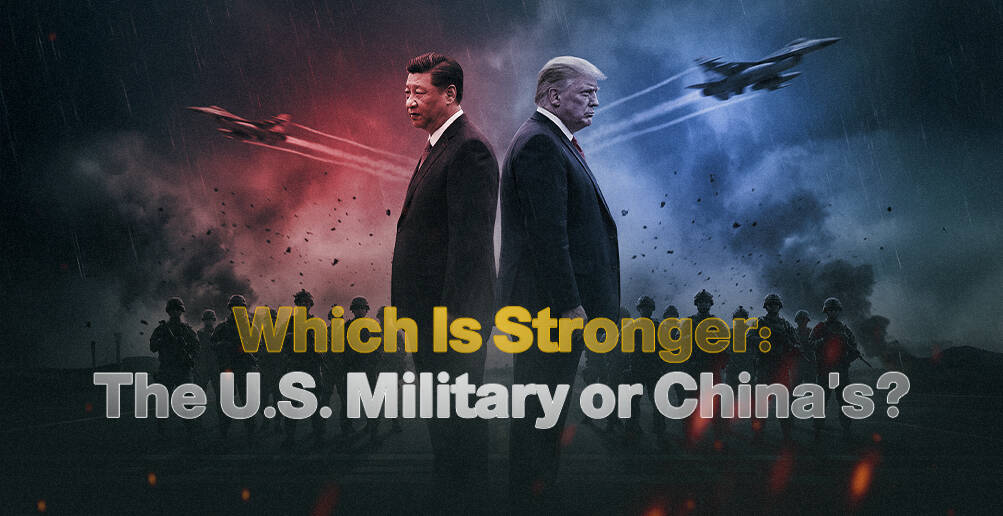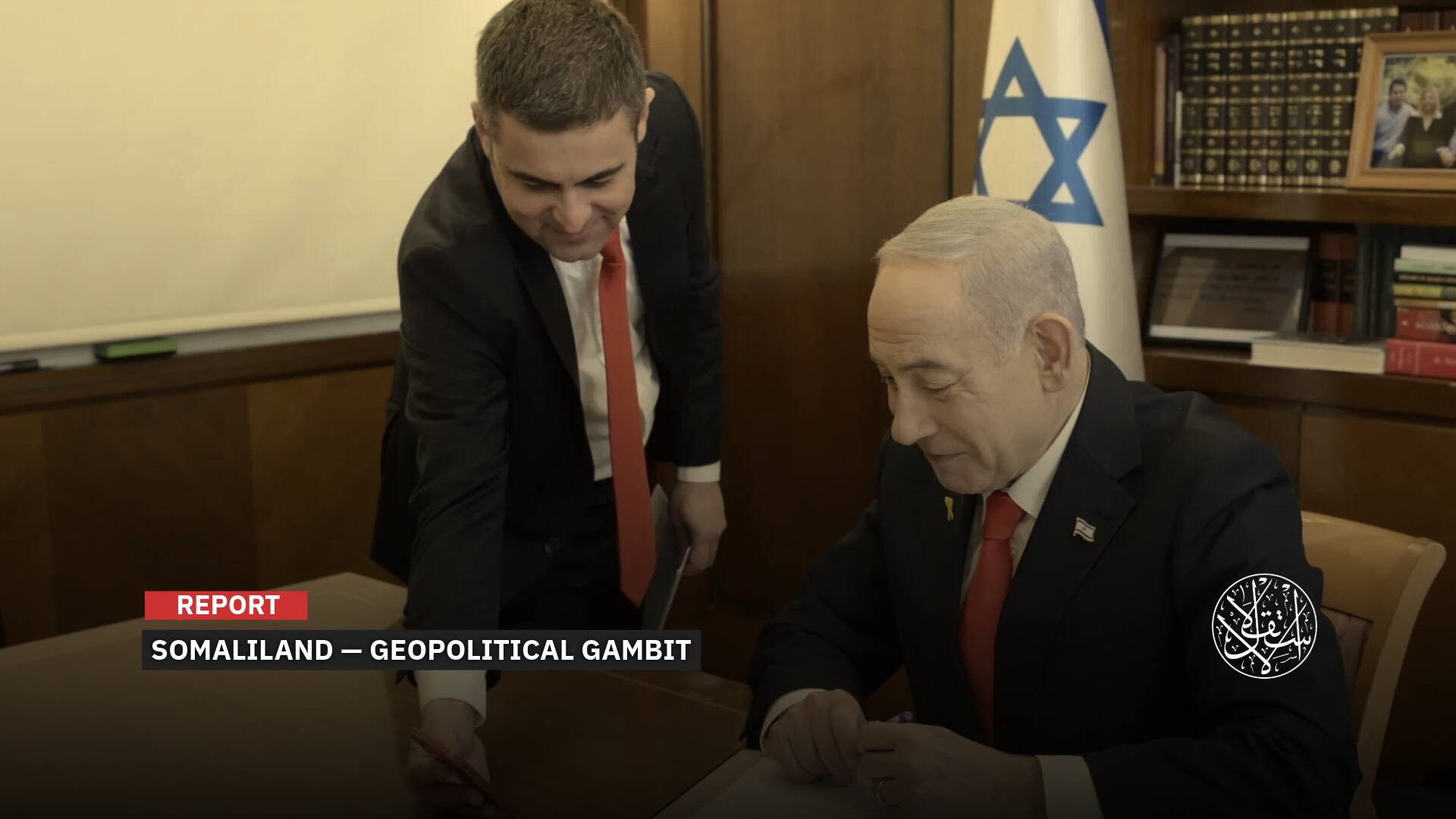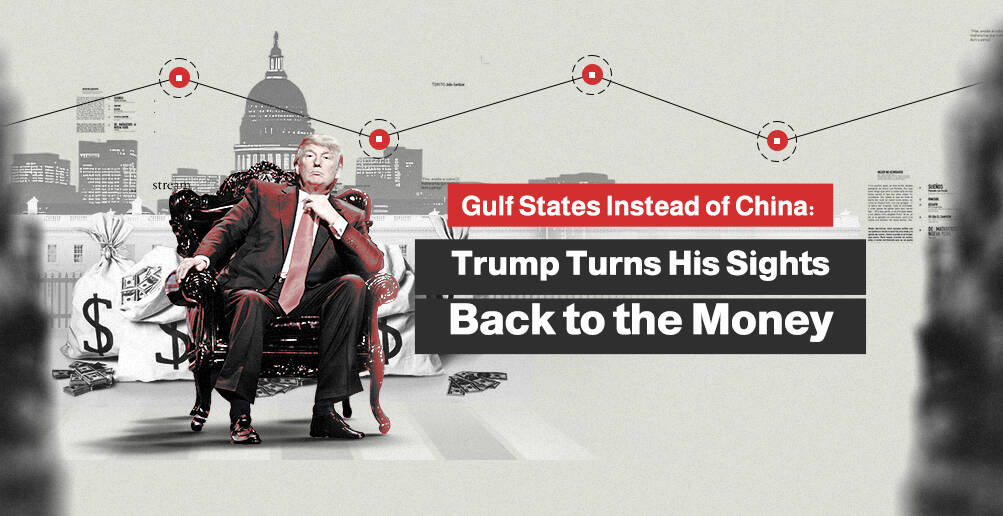This Is How the Chinese Dream Map Sparked an International Crisis With Its Neighbors

China sparked the anger of several countries after publishing its new official map late last month, as it has done annually since at least 2006.
According to a report published by Reuters, Malaysia, Indonesia, the Philippines, India, and Taiwan rejected this map as baseless, calling on China to act responsibly and abide by its obligations under international law and an arbitration ruling in 2016 declared that this line had no legal basis.
The map also includes the famous U line that covers about 90% of the South China Sea, which is a source of many disputes in one of the world’s most diverse waterways.
China says this line is based on its historical maps, while it is not yet clear whether the latest map indicates any new territorial claim.
Chinese Dream Map
An old border dispute was revived by an official map issued by China on August 28, 2023, in which it clarified its international borders and showed territorial claims to a number of disputed border areas with its neighbors.
Soon, official positions rejecting the Chinese map came from Malaysia, the Philippines, Vietnam, and India, and Taiwan, which has self-rule and is part of Chinese territory, also protested.
According to the map issued by the Chinese Ministry of Natural Resources, part of Indian territory in the South China Sea, along with disputed territories claimed by Malaysia, Vietnam, the Philippines, and Brunei, appeared to belong to China.
India was the first country to object to the map on August 29, when it submitted an official protest to Beijing over the addition of the Indian state of Arunachal Pradesh and the disputed Aksai Chin region to Chinese territory.
Indian Foreign Minister Subrahmanyam Jaishankar described China’s claim to Indian territory as ridiculous.
The Malaysian Foreign Ministry also rejected China’s unilateral claims, adding that the Southeast Asian country is consistent in its position of rejecting any foreign party’s claims to sovereignty, sovereign rights, and jurisdiction over Malaysia’s maritime features.
Malaysian Foreign Minister Zambry Abd Kadir announced that a protest note would be sent to China regarding the South China Sea and Malaysia’s claims to maritime areas in the states of Sabah and Sarawak.
The Philippines also rejected the Chinese map because it included a dotted line around disputed areas in the South China Sea that were subject to an international court ruling in 2016 in favor of Manila.
The Philippine Department of Foreign Affairs noted in a statement on August 31 that the map is the latest attempt to legitimize China’s sovereignty and alleged jurisdiction over Philippine maritime features and areas.
Indonesian Foreign Ministry spokesperson Teuku Faizasyah also stated that they are in contact with China and that they will discuss the issue through his country’s embassy in Beijing.
Taiwan Foreign Ministry spokesperson Jeff Liu also said: “Taiwan is definitely not part of the People’s Republic of China.”
“No matter how the Chinese government distorts its position on Taiwan’s sovereignty, it cannot change the objective truth of our country’s existence,” he added.
On his part, Chinese Foreign Ministry spokesperson Wang Wenbin said publishing the map was a routine practice in China’s exercise of sovereignty in accordance with the law.
“We hope relevant sides can stay objective and calm, and refrain from overinterpreting the issue,” Wang added.
On September 3, Chinese Foreign Minister Wang Yi expressed his country’s readiness to resolve the dispute over the waters of the South China Sea with neighboring countries through dialogue and to discuss effective ways to manage the maritime situation.
The 2023 edition of China's standard map was officially released on Monday and launched on the website of the standard map service hosted by the Ministry of Natural Resources. This map is compiled based on the drawing method of national boundaries of China and various countries… pic.twitter.com/bmtriz2Yqe
— Global Times (@globaltimesnews) August 28, 2023
China–Russia Relations
The matter is not over yet, as the Chinese map also caused objections from Moscow after the map showed Bolshoy Ussuriysky Island, located in the Amur River, as part of Chinese territory.
This island has been disputed by both Beijing and Moscow since the nineteenth century until the two countries agreed to divide the region in a 2008 treaty.
While the treaty gave the western part of the island to China, the new map shows the entire island as Chinese territory.
The Russian Foreign Ministry has rejected China’s apparent claim of ownership over Bolshoy Ussuriysky Island.
“Russia and China have repeatedly confirmed the absence of mutual territorial claims, and there is a corresponding provision in the Treaty on Good Neighborliness, Friendship and Cooperation of July 16, 2001,” the spokesperson added.
On its part, Newsweek magazine shed light on this issue, noting that the new map is unlikely to help Russian–Chinese relations.
The report pointed out the sensitivity of the Russian position because Moscow has become heavily dependent on economic relations with China as a result of Western sanctions imposed on it due to the Ukraine crisis.
It is likely that Moscow’s response to this new official Chinese map will be the same, meaning that the Russian government will refer to its own map regarding what it agreed with China in 2008.
Shortly before the start of the Russian military attack on Ukraine in February 2022, Russian President Vladimir Putin and his Chinese counterpart Xi Jinping signed a borderless partnership agreement.
But Chinese officials have since publicly called for a peaceful resolution to the war.
Earlier last August, the Washington-based Institute for the Study of War wrote that China’s general position of neutrality regarding Ukraine is causing a rift between Beijing and Moscow.

Sino–Indian Dispute
The Russian–Chinese dispute was not the most prominent, as it also seemed that the Sino–Indian dispute began to escalate more sharply.
Perhaps the irony is that this tension came days after a rare meeting between Chinese President Xi Jinping and Indian Prime Minister Narendra Modi on the sidelines of the BRICS summit in South Africa. They agreed to intensify efforts to calm tensions on their disputed borders, in what was considered a step towards repairing the fraught relationship between the two countries.
It also came before the G20 summit was held in New Delhi on September 9-10, from which Chinese President Xi Jinping was absent.
The border has been a source of tension between New Delhi and Beijing for decades, and the unrest developed into war in the 1960s, which ended with China’s victory in 1962.
But tensions continued and reached a second peak in 2020 after a deadly brawl in the Galwan Valley, near the Aksai Chin plateau, an area controlled by China but claimed by both countries.
Clashes also broke out in December 2022 between the armies of the two countries in the Tawang sector in Arunachal Pradesh, resulting in minor casualties.
It is noteworthy that since his rise to power in 2012, Chinese leader Xi has sought to make his country a global superpower and has taken bolder steps in several major trouble spots throughout Asia.
India, in turn, sought to play a leadership role in the region, albeit to a lighter degree.
However, this competition for leadership seems to undermine more distant means of cooperation, the most important of which are the opportunities for the BRICS group, which, according to Xi Jinping’s plans, is determined to expand further and combat Western hegemony led by the U.S., at least economically.

Chinese–Filipino Tensions
ABC network reported in a report, on September 3, that the disputed islands between China and the Philippines may be the first point of conflict in the South China Sea, contrary to expectations, indicating that this spark will not be the island of Taiwan.
The report added that China’s actions in recent months indicate that there has been a noticeable escalation, including repeated skirmishes between Chinese and Filipino boat crews.
Earlier last August, Manila accused the Chinese Coast Guard of intercepting a Philippine military supply boat in the South China Sea and targeting it with water cannons.
While the Chinese government defended its coast guard’s recent actions, stating that the resupply boats were encroaching on indisputable Chinese territory.
The report also confirmed that there are Chinese naval military groups stationed inside fishing boats that harass and intercept Filipino forces operating there.
It is noteworthy that the Philippines controls 12 islands in the China Sea, while Beijing says that these islands are within its territory.
The report noted that the Ayungin Shoal, known internationally as the Second Thomas Shoal, is currently China’s priority, and its naval forces are besieging them on an almost daily basis.

South China Sea
In the same context, the Portuguese newspaper A Referencia pointed out that China’s claim to sovereignty over the South China Sea is not in vain, as Beijing achieves billions of dollars in trade through it annually.
Over the past decade, the South China Sea has been the scene of several territorial disputes between China and other sovereignty claimants in Southeast Asia, in addition to a geopolitical dispute with the U.S. over freedom of navigation in the disputed waters.
The newspaper noted that China has expanded its claims to include almost the entire South China Sea.
It has also built island bases on atolls there over the past ten years and deployed a coast guard and naval militia, while Washington responded by sending warships to the region to limit China’s influence.
According to U.S. Indo–Pacific Command Chief Adm. John Aquilino, Beijing’s performance is worrying, as the past twenty years have witnessed the largest Chinese military buildup since World War II, warning that this weapons buildup is destabilizing the region.
On his part, former U.S. Ambassador to the UN Zalmay Khalilzad pointed out that China’s latest map represents an escalation by Beijing to further extend its unilateral redrawing of international boundaries. It is an extraordinarily provocative move. It also violates the International Law of the Sea.
Khalilzad said in a report published by National Interest magazine that China brazenly claims ownership of waters thousands of miles away from its territory, but they are located along the coast of smaller countries. The latest map reinforces those claims.
He believed that the U.S. must not stand idly by as China tries to redraw the world map.
First, Beijing’s intent is to acquire more territory and resources as some of these areas are rich in hydrocarbons; second, to increase pressure on Taiwan by edging closer to its boundaries; and third, flex its muscles with its neighbors while testing U.S. reaction and resolve, according to Khalilzad.
He stressed that the publication of the new map shows that China is getting bolder in pursuing its strategic objective to change the regional balance of power and pursue regional hegemony.
Khalilzad also pointed out that the latest Chinese action has serious implications for the United States. We have treaty commitments to some of the countries threatened, including the Philippines.

In turn, military expert Colonel Omar Melhem explained that the South China Sea will certainly be the point of the next conflict in the world after the Ukraine crisis.
He also added in a statement to Al-Estiklal that the confrontation in the South China Sea will be open and multilateral, especially with the multiplicity of countries affected by China’s expansion there, in addition to Washington’s incitement to all countries that have a conflict with China and arming some of them in order to respond more boldly to Beijing.
Colonel Melhem inferred that all the situations surrounding that region are very similar to what the situation was like between Russia and the West before the Ukraine war.
Sources
- China’s new national map has angered its neighbors
- China’s Foreign Minister Wang Yi warns Southeast Asian countries ‘external forces’ are trying to ‘sow discord’ in region
- Where Is Bolshoy Ussuriysky? Island at Heart of Russia-China Border Dispute
- Philippines seeking support in South China Sea dispute
- America Cannot Dismiss China’s 10-Dash Map
- Malaysia rejects Beijing map that claims full control of the South China Sea [Portuguese]










